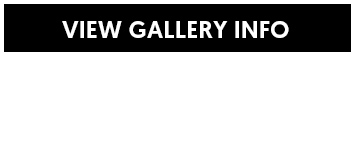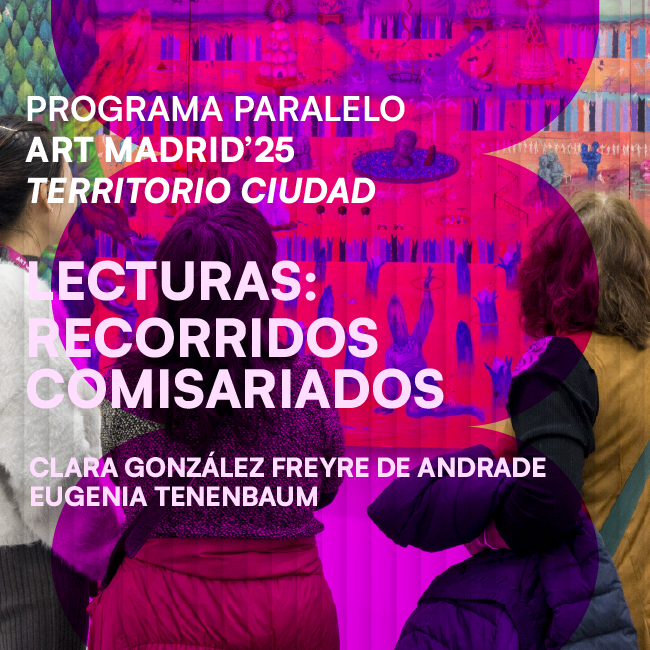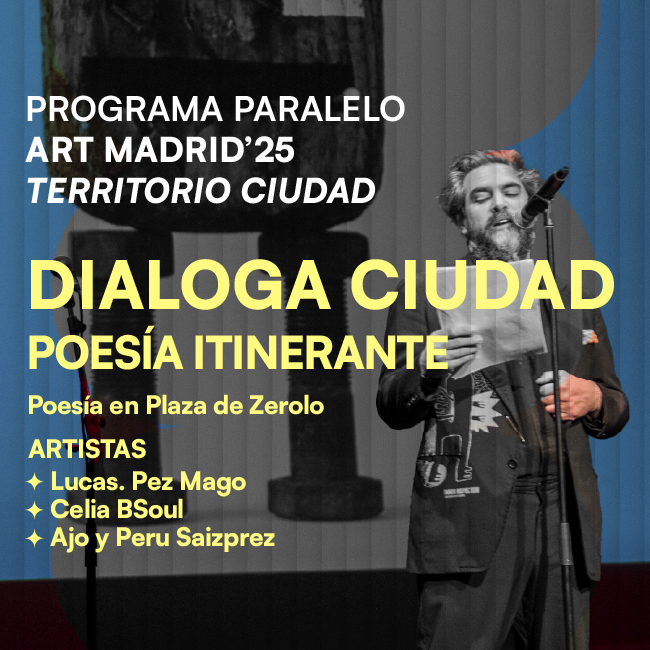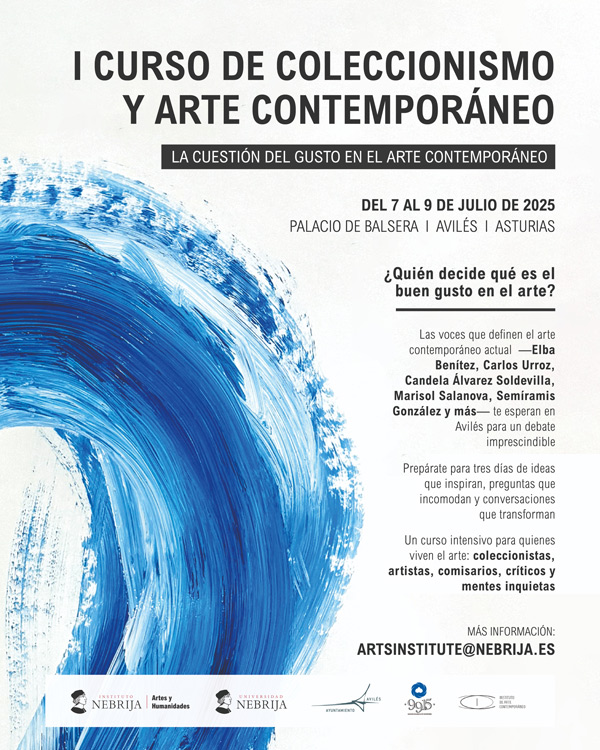GALERIA SÂO MAMEDE AND THE UNSOLVED EQUATIONS OF GONZÁLEZ BRAVO
Jan 29, 2020
art madrid
The artist from Extremadura González Bravo, talks about his works as "unsolved equations, pieces that share an intimate and symbolic language where colour is the main element". His paintings, full of feelings and mysticism, introduce the viewer to the artist's particular universe, and in turn, to a deeply reflexive reality with space and time as crucial factors.
Justo González Bravo (Badajoz, 1944), has lived and worked in Lisbon since the 1970s. Although Gonzalez Bravo's life has always been linked to art, specifically painting, his exhibition career began in 1980. However, since that date, he has actively participated in exhibitions in galleries, fairs and national and international cultural centres (Portugal, Spain, France, Germany, Switzerland, Italy, USA, Canada...). His art works can be found in important public and institutional collections such as the MEIAC in Extremadura, The Commercial Bank of Portugal, The Fundação D. Luís Cascais in Portugal and the A.I.T Collection in Madrid, among others.
The colour in his paintings, is in the line of the Informalism painters that emerged after the Second World War. When he reaches complete abstraction, the colour becomes the vehicle of the work’s mystical essence, getting closer to the paintings of Mark Rothko, Antoni Tàpies, Antonio Saura or Manolo Millares. In his art works we can distinguish elements typical of Expressionism, mainly in his figures and landscapes, which gradually lead to absolute abstraction.
Colour, shapes and texture give a singular identity to the work of González Bravo. To these elements, time and space are added, components with which the artist creates cyclical processes. The author knows perfectly the landscape of Extremadura, its proximities and zones bordering the Portuguese Alentejo, "an austere, dry landscape, but of an immeasurable depth", emphasises the artist. And this is how these landscapes are portrayed in his works, through colour and gesture.
Self-reflection is a constant in his work. With an imaginary canvas and brush he creates poetic instants that flow in space, but the self-reflection of this artist goes beyond that, and stops on the issue of the pigment itself, the colour and its shape, making each art work unique.
The narrative of González Bravo is built on the playing with pure and complementary colours that cover his large supports, without forgetting his illegible added graphics and the geometric stains of colour, masterfully overlapping the backgrounds. The material in his work takes us inside the sublime part of art, making the viewer to have the same mystical experience as the author during the creative process and final execution of the work. His paintings are full of mystery, which gives them an identity value.
The Portuguese gallery São Mamede participates for the second consecutive year in Art Madrid with an exhibition proposal featuring four Portuguese artists: Gil Maia, Nélio Saltão, Susana Chasse and Paulo Neves, the German artist Georg Scheele and the Spanish artists González Bravo (Badajoz) and David Moreno (Barcelona).



















